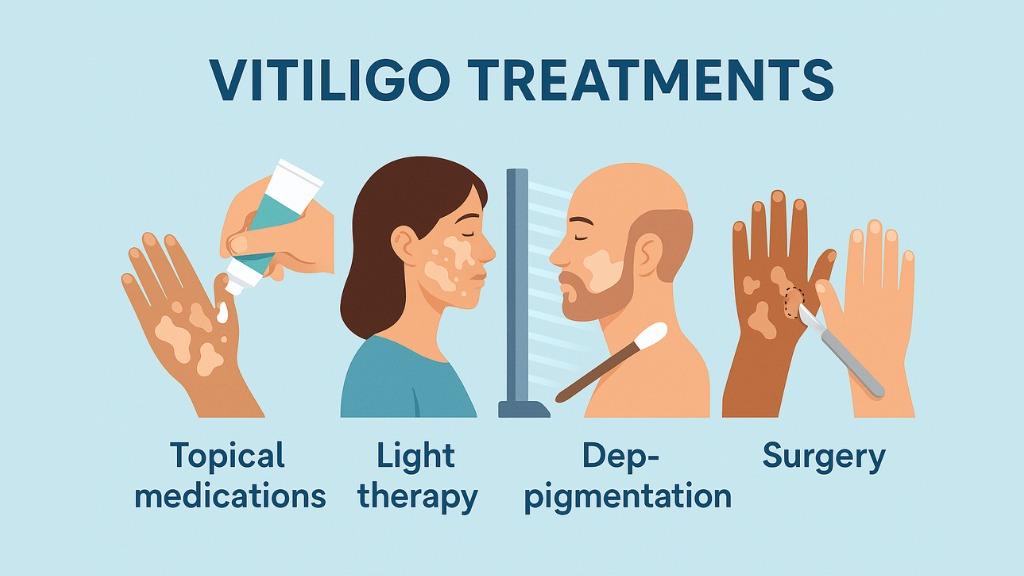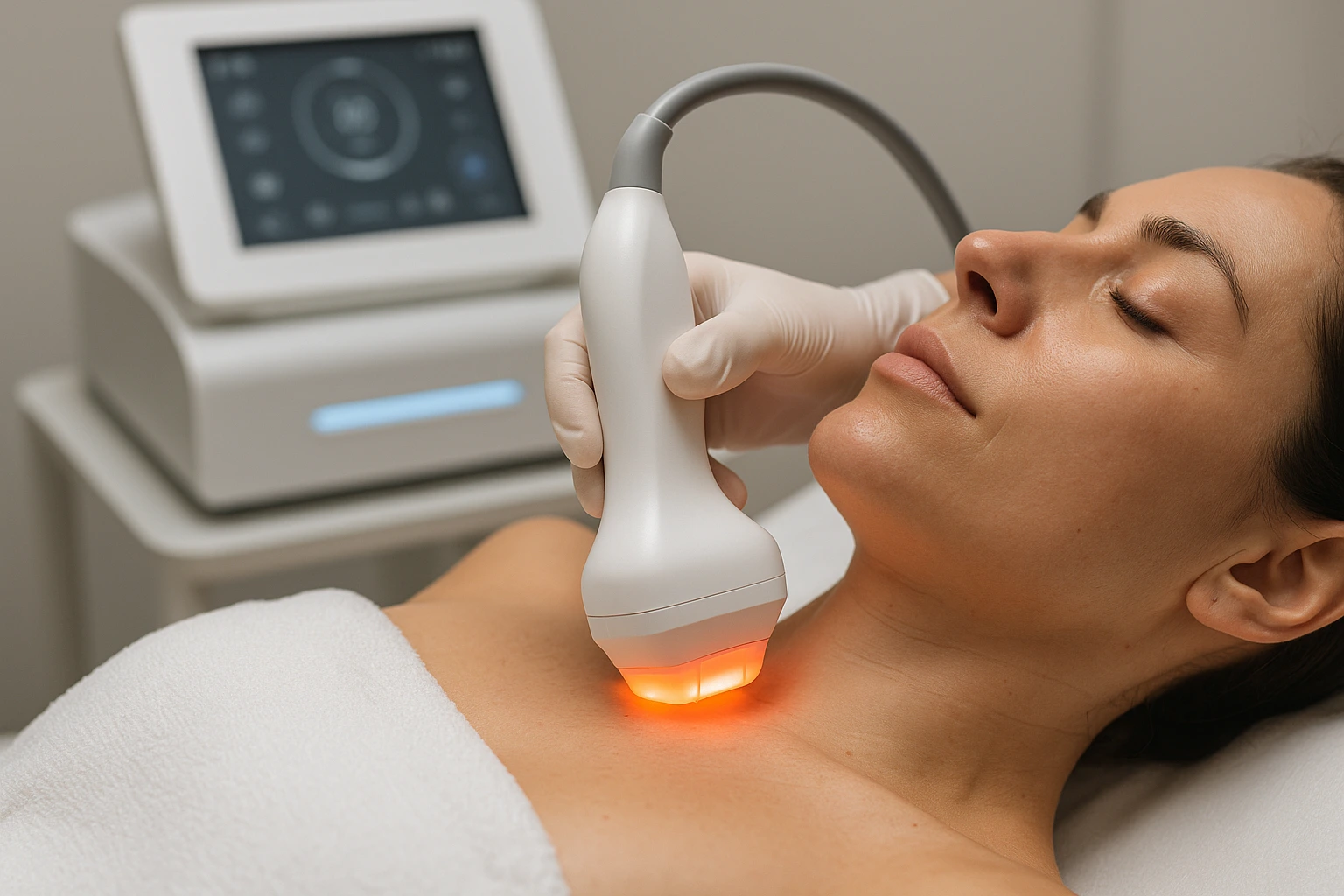Do you know that more than 1% of the world’s population lives with vitiligo? This autoimmune condition causes damage to the skin pigment, causing white patches that can appear anywhere on the body. While vitiligo is not physically painful or contagious, emotional and psychological effects may be deep.
If you or someone you love is navigating life with vitiligo, you know how disappointing the discovery of effective treatments can be. In this guide, we actually dive into the work that we actually do-from science, expert opinion, and real-world experiences.
Why Vitiligo Treatment Matters
1. Psychosomatic effects
Vitiligo is often caused by its visible nature due to emotional crisis, anxiety, and social rejection.
2. Progressive nature
Although it varies from person to another, untreated vitiligo can spread. Initial intervention can help control its progression.
3. Better quality of life
Effective treatment can improve the appearance of pigment, promote confidence, and enhance overall well-being.
Major Benefits of Treating Vitiligo
- Resurgence: restore color in affected areas.
- Stabilization: Prevent the spread of depigmented patches.
- Emotional relief: Feel more comfortable and confident in your skin.
- Skin protection: Improve natural UV protection of the skin by restoring pigment.
Step-by-Step Guide for Vitiligo Treatment
Step 1: Diagnosis and Evaluation
If necessary, go to a dermatologist to confirm the diagnosis using Wood’s lamp examination and equipment like biopsy.
Step 2: Topical Treatment
- Corticosteroid cream: first row treatment for localized patch (eg, clobetasol).
- Calcineurin inhibitors: Tacrolimus and pimecrolimus are options with low side effects.
Step 3: Phototherapy
- Narrowband UVB Therapy (NB-UVB): the most effective light-based treatment for broad vitiligo.
- Excise Laser: Target small patches, ideal for face and hands.
Step 4: Oral and injected medicines
- Oral corticosteroids: short-term use to prevent rapid spread.
- Janus Kinase (Jak) inhibitor: Showing promise in emerging treatment tests such as Ruxolitinib.
Step 5: Surgical Options
- Skin grafting: Used for stable vitiligo where medical treatment has failed.
- Blister grafting and cellular suspension technique: Advanced options for resistant cases.
Real World Case Study: Reena’s story
28-year-old artist Reena was revealed to have Vitiligo at the age of 21. Initially devastated, he tried various creams with limited success. It was not until he started the NB-UVB therapy with Tacrolimus that he saw significant improvements. Today, more than 60% of the pigmentation of her face is back, and she continues to treat others while advocating for others.
“It’s not just about looking different – it’s about feeling like herself again,” she shares.
Actionable Tips for Managing Vitiligo
- Start early: Initial treatment often gives better results.
- Use daily sunscreen: Protect the skin propounded by UV damage.
- Track change: Keep a photo journal to monitor progress.
- Stay consistent: Many treatments require months to show results.
- Consider support groups: Emotional support is equally important.
Common Mistakes to Avoid
1. Self-diagnosis
Always consult a dermatologist to deal with other conditions.
2. Excess use of steroids
Long-term use can cause thin skin. Strictly follow your doctor’s guidance.
3. Skipping treatment too soon
Many treatments take weeks or months. Do not leave before the time.
4. Rough skin products
Avoid irritability or products that cause inflammation.
Future Trends in Vitiligo Treatment
1. Jack inhibitor
Oral and topical Jak inhibitors such as ruxolitinib are being studied with encouraging results.
2. Cellular regeneration therapy
Stem cell-based approaches can pave the way for more effective and permanent solutions.
3. Individual medicine
Advances in genetics can lead to tailored treatment plans based on individual immune responses.
4. Social awareness campaign
Increased awareness is reducing stigma and improving funds for research.
Conclusions: Hope Beyond Hope
While there is no one-size-fits-all cure for vitiligo, the increasing number of treatment options provides more hope than before. Whether you select medical therapy, surgery, or cosmetic camouflage, the correct combination can dramatically improve your quality.
Key Takeaways:
- Initial diagnosis and coherent treatment are important.
- New therapies such as Jak inhibitors are showing promising success.
- Emotional support and self-acceptance are the same as medical care.
Ready to take the next step? Talk with a board-certified dermatologist to detect local clinical trials to see what treatment can work for you.




